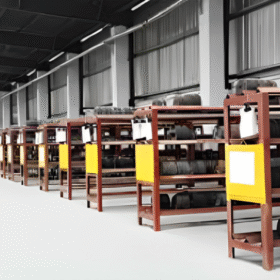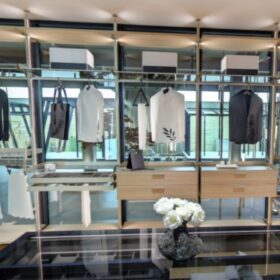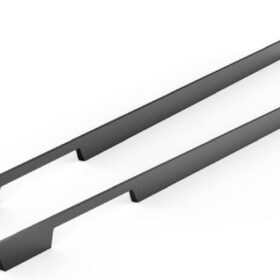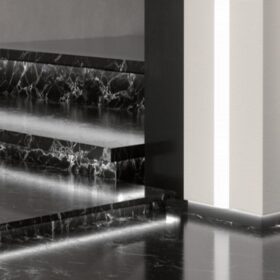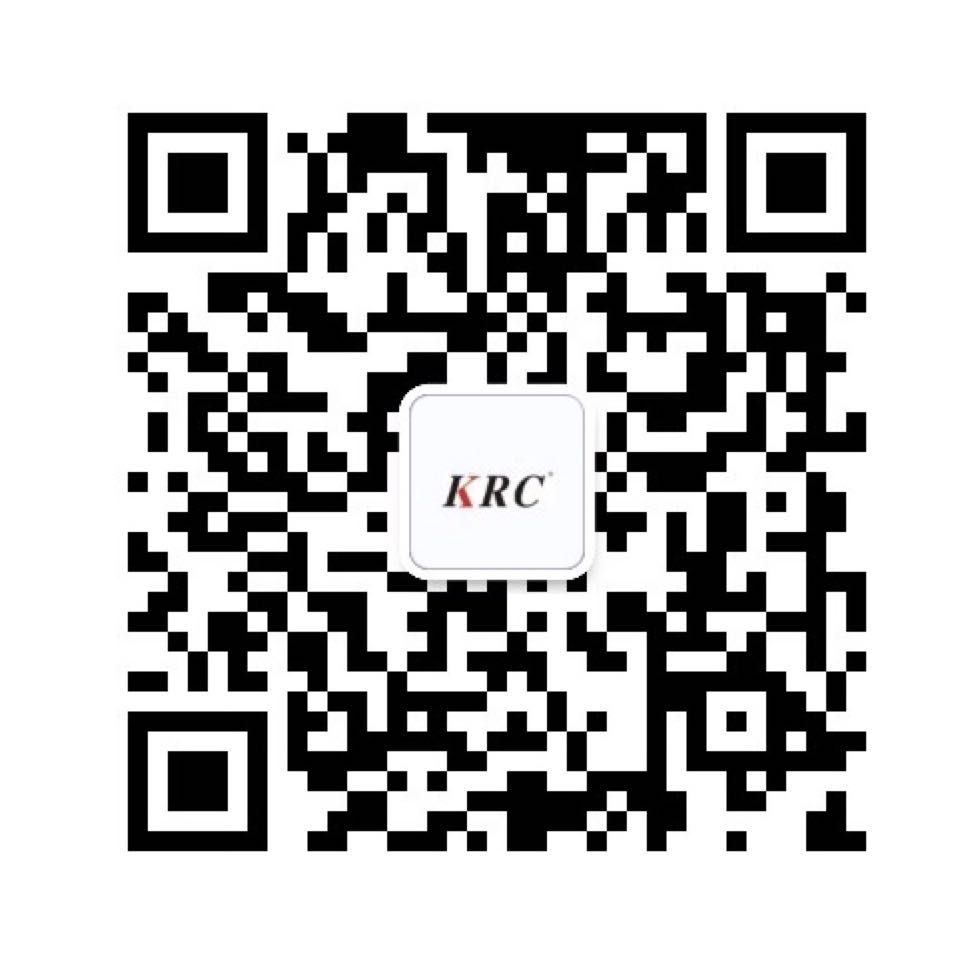Safety Considerations with Curtain Wall Aluminum Sections
Curtain wall systems, composed primarily of aluminum sections, are extensively employed in modern architecture to enhance building aesthetics and provide ample natural lighting. However, ensuring the safety and integrity of these aluminum sections is crucial to guarantee the overall structural stability and occupant safety of the building. This article delves into the multifaceted safety considerations associated with curtain wall aluminum sections.
Structural Integrity
Aluminum curtain wall sections must possess adequate structural integrity to withstand various loading conditions, including wind loads, seismic forces, and dead loads. The thickness, alloy composition, and design of the aluminum profiles play a significant role in determining their structural capacity. Engineers must carefully analyze the loads acting on the curtain wall and design the sections accordingly to ensure they can safely support the loads without compromising the building’s integrity.
Wind Resistance
Wind loads can exert significant pressure on curtain wall systems, potentially causing deflections and even structural failures. Aluminum sections must be designed to resist wind forces by incorporating appropriate wind-resistant features such as pressure plates, mullions, and transoms. The spacing and connection details of the sections must also be optimized to minimize wind-induced vibrations and ensure the stability of the system.
Water Resistance
Curtain wall systems must effectively prevent water penetration to maintain indoor comfort and prevent structural damage. Aluminum sections are typically treated with sealants, gaskets, and weatherstripping to create watertight barriers. These components must be properly installed and regularly inspected to ensure they remain effective over time. Failure to address water resistance can lead to leaks, mold growth, and deterioration of interior finishes.
Fire Resistance
In the event of a fire, curtain wall aluminum sections must provide adequate fire resistance to limit the spread of flames and protect occupants. Fire-resistant aluminum alloys, intumescent coatings, and fire-rated glazing can be incorporated into the system to enhance its fire performance. The design of the curtain wall, including the compartmentalization and firestopping measures, should also be carefully considered to prevent fire from spreading through the building envelope.
Impact Resistance
Curtain wall aluminum sections may be subjected to impacts from objects such as windborne debris or human collision. The sections must be designed to resist these impacts and prevent damage to the building or injury to occupants. Impact-resistant aluminum alloys, laminated glazing, and protective films can be employed to enhance the impact resistance of the system.
Maintenance and Inspection
Regular maintenance and inspection are essential to ensure the safety and longevity of curtain wall aluminum sections. Periodic cleaning, inspection of sealants and gaskets, and monitoring of any deflection or damage are crucial to identify and address potential issues及时. Timely maintenance and repairs can prevent minor problems from escalating into more significant safety hazards.
Conclusion
Safety considerations with curtain wall aluminum sections encompass a wide range of aspects, including structural integrity, wind resistance, water resistance, fire resistance, impact resistance, and maintenance. By carefully considering these factors during the design, installation, and maintenance of curtain wall systems, architects and engineers can ensure the safety and durability of the building envelope while enhancing its aesthetic appeal.
-
2024-11-29Top Trends in Modern Kitchen Cabinet Pulls for 2024
-
2024-11-28The Ultimate Guide to Modern Kitchen Cabinet Pulls- Materials, Styles, and Tips
-
2024-11-27Elevate Your Kitchen Design with These Must-Have Modern Cabinet Pulls
-
2024-11-26Sleek and Stylish- The Best Modern Kitchen Cabinet Pulls for a Contemporary Look

